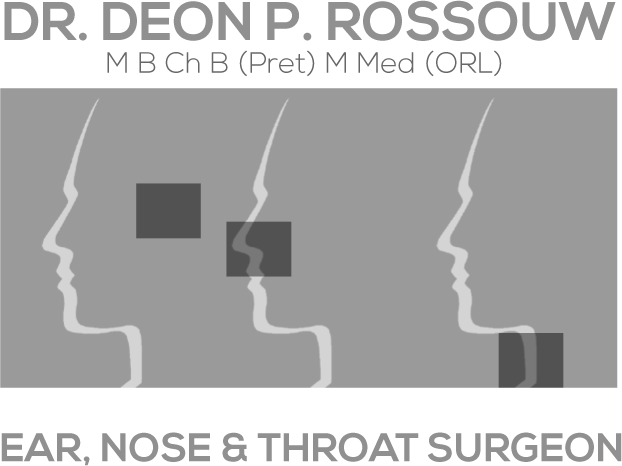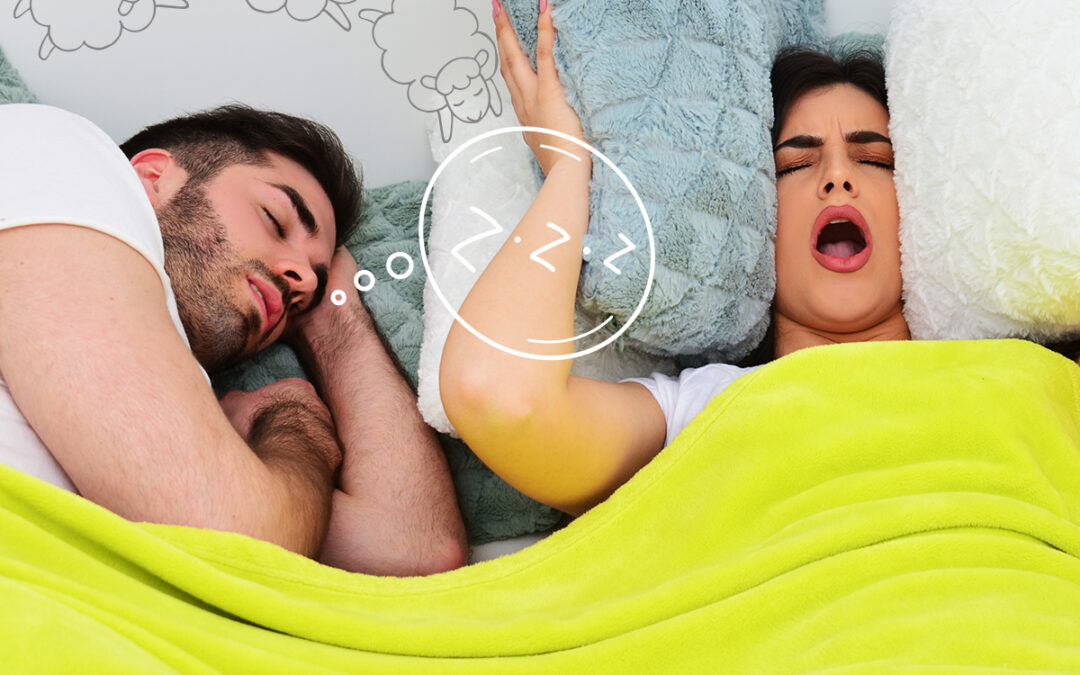In the previous article that I wrote in 2021 we discussed the definition of snoring and the conservative measures to treat it i.e. weight reduction, reduction or suppression of alcohol and sedatives especially before sleeping at night, surgical methods, position therapy etc.
However, we did not discuss a mode of treatment which is very successful in selected cases. This is the Mandibular Advancement Prosthesis (MAP) or MAD (Mandibular Advancement Device).
In patients that have mild to moderate snoring and do not have a BMI of above thirty or a severe anatomical deformity like a very receding mandible or excessively large tongue, the Mandibular Advancement Prosthesis is a very successful way of treatment.
Obviously the commercial market has latched on to this and over the counter products can be purchased which has a one size fits all type of approach. This has traditionally not been very successful and ends up in the drawer not being used by the snoring sufferer.
What are oral appliances for?
A Mandibular Advancement Device connects both the upper and lower teeth in order to advance or move the jaw forward. It is sometimes called a Mandibular Protrusion Device. This type of device helps to open the upper airway by moving the base of the tongue forward. The oral appliance is designed to be inserted before sleep and then removed in the morning again.
Research is showing that the MAD device effectively treats snoring and obstructive sleep apnea in selected cases. In addition to decreasing the number of lapses in breathing per night, these devices reduce snoring volume, reduce frequency and day time sleepiness.
A MAD prosthesis can produce some side effects, although they usually aren’t serious. A person can have pain in the jaw initially, but if the device is prescribed by a Dentist who specialises in this type of device and regular follow-up’s are done to get the optimal protrusion of the bottom jaw to be effective, side effects are generally minimal.
How does oral appliance therapy compare to other treatment options of snoring and sleep apnea
It is apparent that oral appliances generally do not treat obstructive sleep apnea as well as continuous positive pressure or C-PAP therapy, however the latter is usually prescribed for people with more severe snoring and apnea indexes which are above a defined limit and is extremely incompatible in most instances to use regularly.
A large percentage of people that suffer with snoring and their partners who have moved into the bedroom next door, fall into the category that might find benefit from this relatively inexpensive form of treatment.
My practice works in close conjunction with a Dentist who has made snoring and the treatment thereof with a Mandibular Advancement Device his field of special interest. The prices of the devices differ, but in general it is not too expensive.
In a recent article in the Journal of Dental and Sleep Medicine, it was found that the health outcomes with treatment of snoring and obstructive sleep apnea were significantly and statistically better than non-treated patients. Subjective day time sleepiness has improved dramatically.
Patients that have felt that their professional activities were inhibited by excessive tiredness have experienced a significant improvement after using the appliance for six weeks and reaching the optimal settings. Morning headaches have also improved.
For a referral to the relevant Dental Practitioner, you can contact my surgery. It might be prudent for certain individuals who have nasal blockages and chronically blocked noses as well to firstly be assessed by an Ear, Nose and Throat Surgeon to examine the nose and post nasal space as well as using a fibre optic camera to look at the anatomy of the upper airway.


Recent Comments